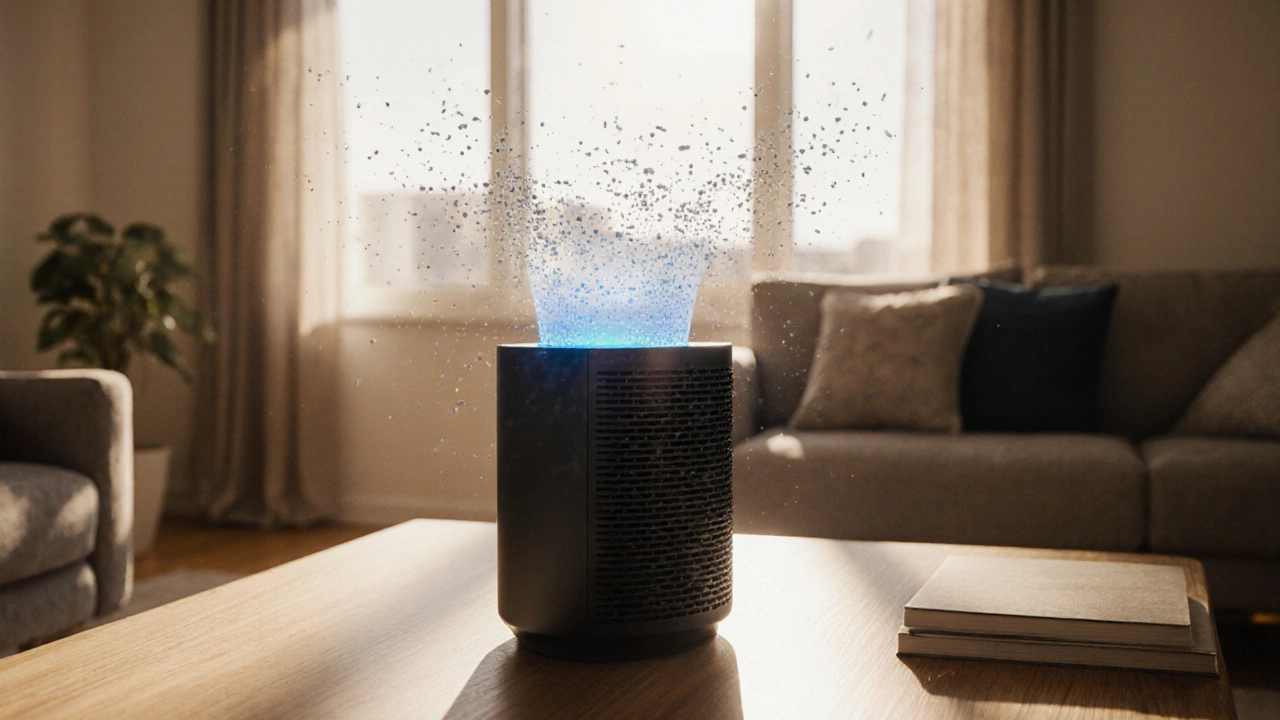When planning a multiple air purifiers strategy, a coordinated approach that uses two or more air cleaning devices in the same living space. Also known as air purifier zoning, it helps tackle pollutants in larger rooms, open‑plan houses, or spaces with uneven airflow. Mastering a multiple air purifiers strategy can transform your home’s breathing environment without buying a single giant unit.
Each air purifier, an electronic appliance that draws in room air, traps particles, and releases cleaner air normally relies on a HEPA filter, a high‑efficiency filter that captures 99.97% of particles down to 0.3 µm. By arranging several units, you create overlapping clean‑air zones that raise overall indoor air quality, the level of allergens, dust, smoke, and microbes inside a building. A well‑designed setup also works hand‑in‑hand with home ventilation, the process of bringing fresh outdoor air inside while exhausting stale air to keep filters from becoming saturated too quickly.
A multiple air purifiers strategy encompasses three core actions: strategic placement, proper sizing, and airflow coordination. First, think of each unit as a bubble of clean air; the bubbles should overlap enough to eliminate dead zones but not so much that they waste energy. Common sense says put one purifier in the living room where most activity happens, another in the master bedroom for overnight relief, and a third near the kitchen if you do heavy cooking. The rule of thumb is one device per 200‑250 sq ft, but you can tweak that number based on ceiling height, pet presence, and smoke sources. Second, match the device’s CADR (Clean Air Delivery Rate) to the room’s volume. A purifier with a CADR of 300 cfm can comfortably handle a 400‑sq‑ft space with 8‑ft ceilings. If you stack two devices of the same rating in a larger area, you essentially double the effective CADR, which is the math behind why a multi‑unit approach can outperform a single high‑capacity model that struggles with uneven airflow. Third, consider the role of home ventilation. Introducing a modest amount of fresh outdoor air—say, by cracking a window for ten minutes a day—helps keep the indoor pollutant load low, letting each purifier run at a lower fan speed and extend filter life. In tight‑seal homes, a heat‑recovery ventilator (HRV) can supply filtered fresh air without blowing out heat, creating a partnership where ventilation handles gases like CO₂ while purifiers trap particles. These three steps are linked: proper sizing enables effective placement, and both benefit from balanced ventilation. When you get them right, you’ll notice a drop in dust on surfaces, fewer allergy symptoms, and even a clearer sense of smell during cooking.
Below you’ll discover detailed guides that walk through choosing the right size, picking the best HEPA filter, mapping optimal room locations, and pairing your units with ventilation systems. Armed with that knowledge, you can put the multiple air purifiers strategy into action and start breathing cleaner air today.

Learn if a single air purifier can cover an entire house, how to calculate coverage, and when multiple units or HVAC filters are needed.